In the avian world, where many birds dive into water to catch their prey, there exists a remarkable exception – the kingfisher. This extraordinary bird has mastered the art of fishing without getting its feathers wet, a skill that has fascinated ornithologists and nature enthusiasts for centuries. With precision diving techniques and specialized physical adaptations, kingfishers represent one of nature’s most impressive engineering marvels. Their ability to plunge from heights, capture fish, and emerge completely dry defies our expectations of fishing predators. Let’s explore the fascinating world of these master fishers and discover how they accomplish this seemingly impossible feat.
The Kingfisher: Nature’s Master Angler

Kingfishers comprise a family of small to medium-sized, brightly colored birds found worldwide across various habitats. With approximately 114 species, these birds have evolved specialized fishing techniques that set them apart from other avian predators. The common kingfisher (Alcedo atthis), perhaps the most famous member of this family, sports a striking blue and orange plumage that makes it instantly recognizable. Despite their name, not all kingfishers hunt fish exclusively—some species have adapted to catching insects, reptiles, and even small mammals. However, the fish-hunting specialists among them have perfected a technique that allows them to catch prey without the disadvantage of wet feathers, which could otherwise compromise their flight abilities and temperature regulation.
The Physics Behind Dry Fishing
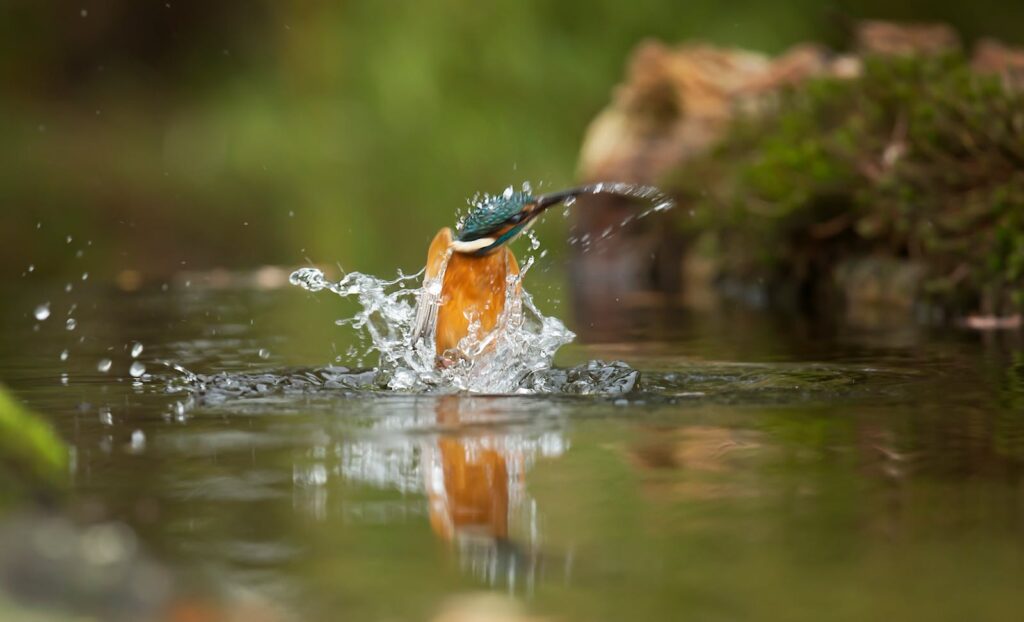
The kingfisher’s ability to emerge dry after a high-speed dive into water comes down to precision physics and aerodynamics. When these birds dive, they achieve speeds up to 25 miles per hour, entering the water at a nearly perfect 90-degree angle. This vertical entry minimizes surface area contact with water, creating what scientists call a “cavity effect”—essentially forming a small air pocket around the bird as it penetrates the water. The kingfisher’s streamlined body continues this momentum underwater, allowing it to grab its prey and reverse direction in one fluid motion. As it exits, water droplets slide off its specially adapted feathers rather than being absorbed, leaving the bird virtually dry even after multiple hunting dives.
Specialized Anatomy for Dry Dives
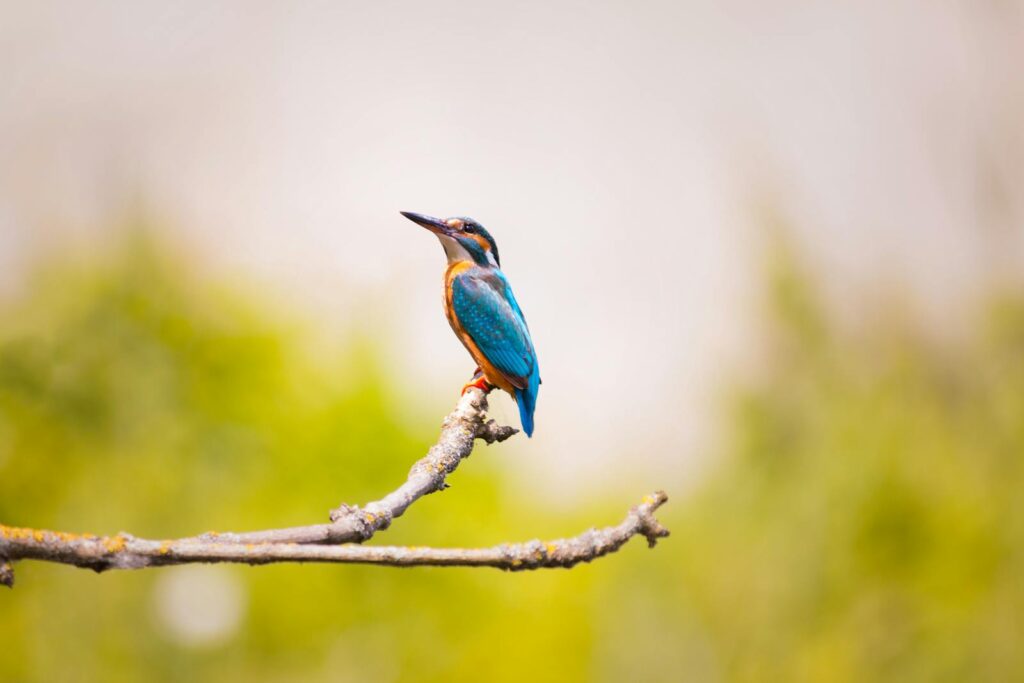
Kingfishers possess several anatomical adaptations that contribute to their dry fishing technique. Their bill is perhaps their most distinctive feature—long, straight, and sharply pointed like a dagger, perfectly designed to reduce water resistance during the dive. Many species have a third, transparent eyelid called a nictitating membrane that protects their eyes underwater while maintaining visibility, functioning effectively as built-in swimming goggles. Their feathers contain special structural elements that make them more water-resistant than those of other birds, with a waxy coating that repels water molecules on contact. Additionally, kingfishers possess unusually strong neck and breast muscles that help them maintain the necessary power and precision during their rapid directional changes underwater.
The Perfect Dive Technique

A kingfisher’s hunting dive is a masterclass in precision and timing. Before diving, the bird perches motionless on a branch overhanging water, scanning intently for movement below. This patient observation phase can last several minutes as the kingfisher compensates for light refraction in water—essentially solving complex physics equations instinctively to determine the fish’s true position rather than its apparent one. When ready to strike, the kingfisher tucks its wings close to its body and drops headfirst, maintaining perfect vertical alignment. The bird’s eyes remain open throughout the plunge, allowing for last-second adjustments to trajectory. Studies have shown that experienced kingfishers achieve success rates of up to 60% on their dives—an extraordinary hunting efficiency in the natural world.
Water-Repellent Feather Structure
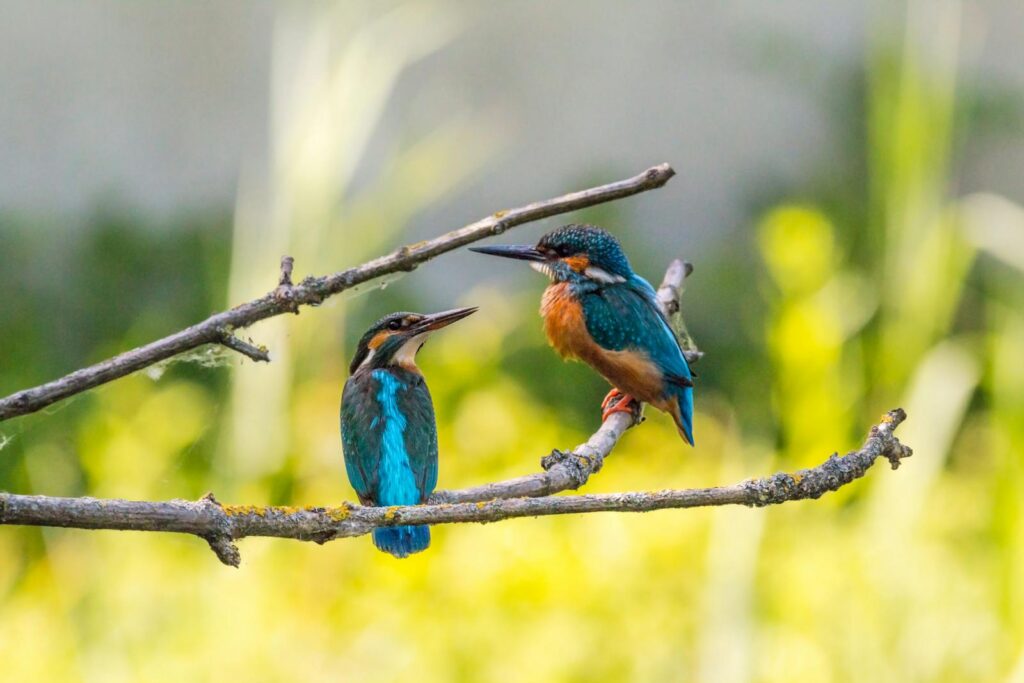
The secret to the kingfisher’s dry plumage lies in the microscopic structure of its feathers. Kingfisher feathers have a unique arrangement of barbules (the tiny branches that extend from the central shaft of each feather) that create a tighter, more water-resistant surface than most other birds. These feathers are coated with special oils produced by the uropygial gland (also called the preen gland), located near the base of the tail. When preening, kingfishers meticulously spread these oils across their feathers, creating a hydrophobic barrier that causes water to bead up and roll off rather than penetrating to the skin. Electron microscope studies have revealed that the microscopic structure of these feathers creates natural nanostructures that enhance water repellency, similar to the principles behind modern waterproof fabrics.
The Role of Bill Design in Fishing Success
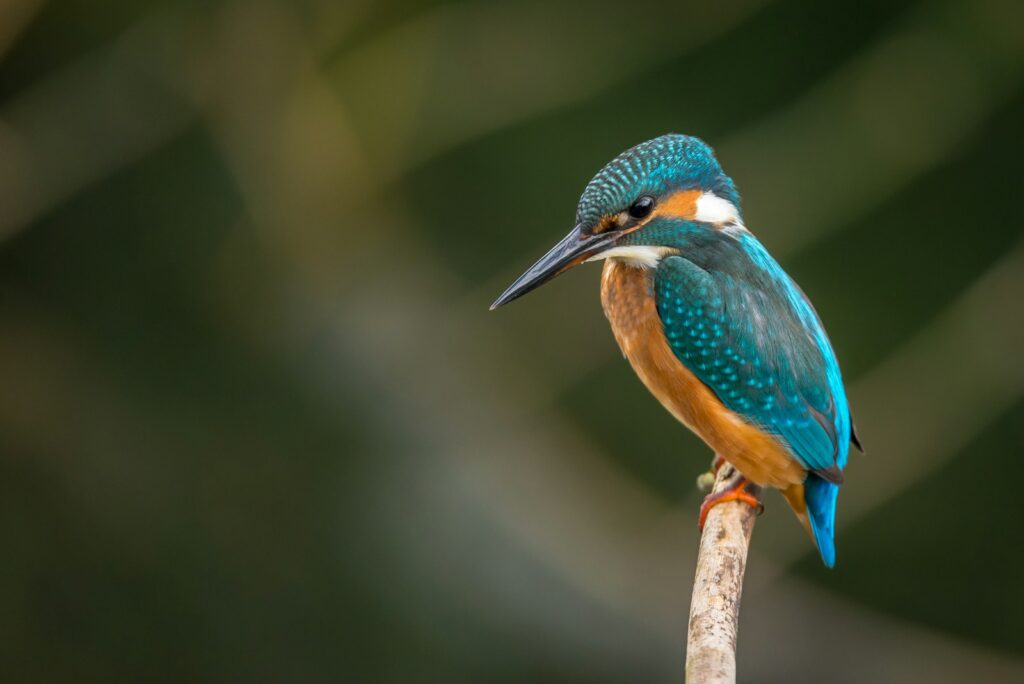
The kingfisher’s bill is a remarkable evolutionary adaptation perfectly suited to its fishing technique. Unlike the curved bills of many bird species, the kingfisher’s straight, pointed bill creates minimal resistance when piercing the water’s surface. This spear-like design allows it to enter the water with minimal splash, preventing potential prey from being alerted to the hunter’s presence. Interestingly, different kingfisher species show variations in bill length and thickness based on their preferred prey and hunting environments. Species that hunt in clear, shallow waters typically have shorter bills, while those fishing in murkier, deeper waters possess longer bills for greater reach. The bill’s structure also includes slight serrations along the edges in some species, providing a better grip on slippery fish once caught.
Visual Adaptations for Underwater Hunting
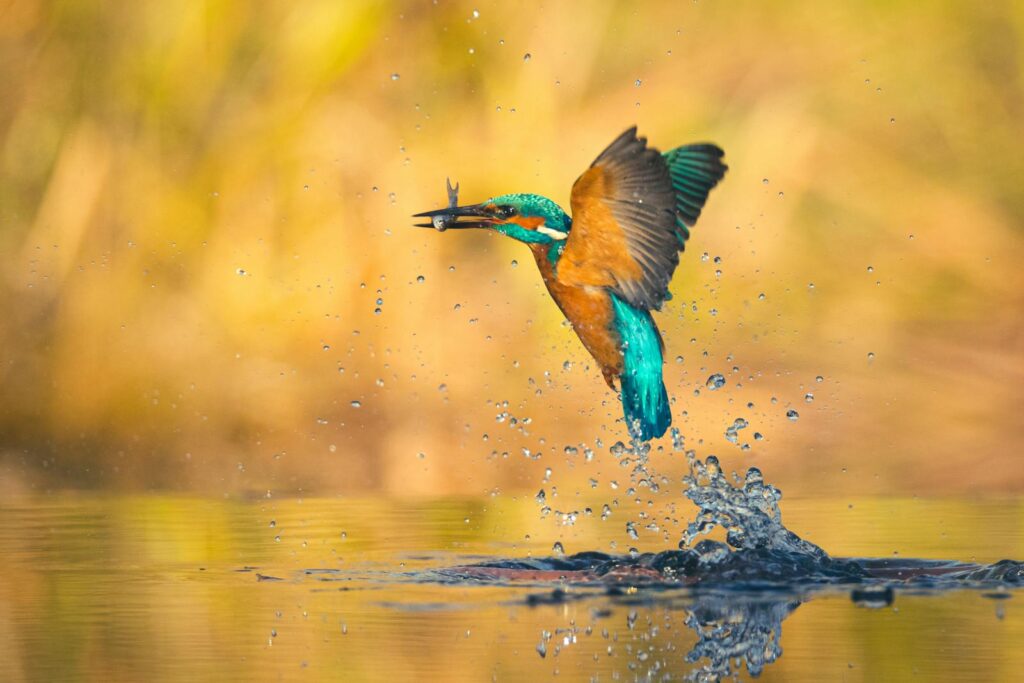
Kingfishers possess extraordinary visual capabilities that enable their precision fishing. Their eyes contain a higher concentration of rod cells than most birds, improving vision in low-light conditions and underwater. A specialized fovea (the part of the eye responsible for central, detailed vision) allows them to maintain sharp focus on prey even through the distorting effects of water. Perhaps most remarkably, kingfishers possess binocular vision similar to humans, giving them excellent depth perception—crucial for judging the exact position of fish below the surface. Their visual system also includes built-in compensation for refraction, the bending of light rays as they pass from air to water, which would normally make underwater objects appear in a different position than they actually are.
The Split-Second Timing of the Catch

When a kingfisher strikes, timing is everything and occurs in fractions of a second. From the moment of water entry to fish capture can take less than 10 milliseconds—far too fast for the human eye to fully process. The bird must coordinate multiple systems simultaneously: maintaining trajectory, adjusting for water resistance, keeping eyes focused on the target, and preparing to grip the prey with its bill. After capturing the fish, the kingfisher uses powerful thrashing movements to reverse direction and propel itself back to the surface. Interestingly, research has shown that kingfishers preferentially catch fish oriented head-first, allowing them to swallow their prey in the most efficient manner when they return to their perch. This entire hunting sequence represents one of the most precisely coordinated predatory behaviors in the animal kingdom.
Different Fishing Styles Among Kingfisher Species
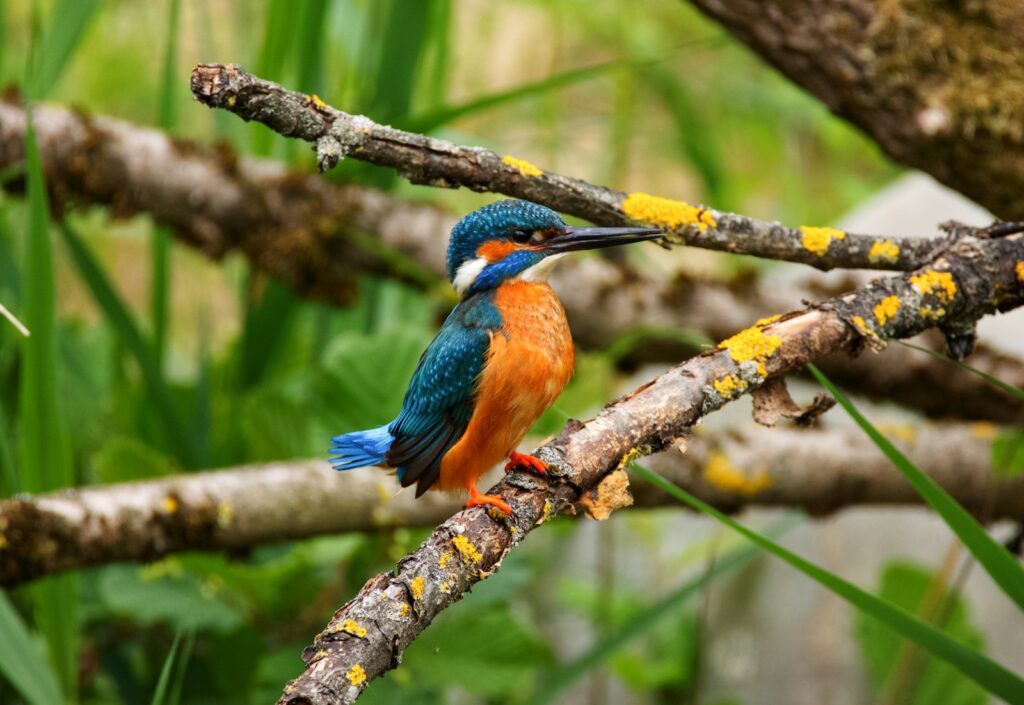
While all fishing kingfishers share the remarkable ability to emerge dry after diving, different species have evolved variations in hunting techniques. The pied kingfisher (Ceryle rudis) of Africa and Asia hovers dramatically above water before diving, a technique that allows it to hunt in open water away from perches. The massive shovel-billed kookaburra of New Guinea uses its distinctive bill to dig through stream beds for crayfish and aquatic insects rather than diving for fish. Some forest-dwelling kingfisher species have even abandoned fishing entirely, evolving to catch insects, lizards, and small mammals in forest environments. The belted kingfisher of North America often excavates nesting tunnels in riverbanks directly above its fishing grounds, creating a perfectly positioned nursery for teaching its young to hunt.
Learning the Art: How Young Kingfishers Develop Their Skills

The kingfisher’s precision fishing technique is not entirely instinctual—young birds must practice extensively to master this complex skill. Juvenile kingfishers typically begin with clumsy, often unsuccessful dives, gradually refining their technique through hundreds of attempts. Parent birds sometimes demonstrate the behavior for their offspring, though direct teaching has not been conclusively documented. Young kingfishers initially make common mistakes: diving at incorrect angles, misjudging distances due to refraction, or failing to properly account for fish movement. Studies tracking juvenile kingfishers show that most achieve adult-level hunting proficiency only after 2-3 months of daily practice, illustrating the learning curve involved in this sophisticated hunting method.
Conservation Challenges and Indicators
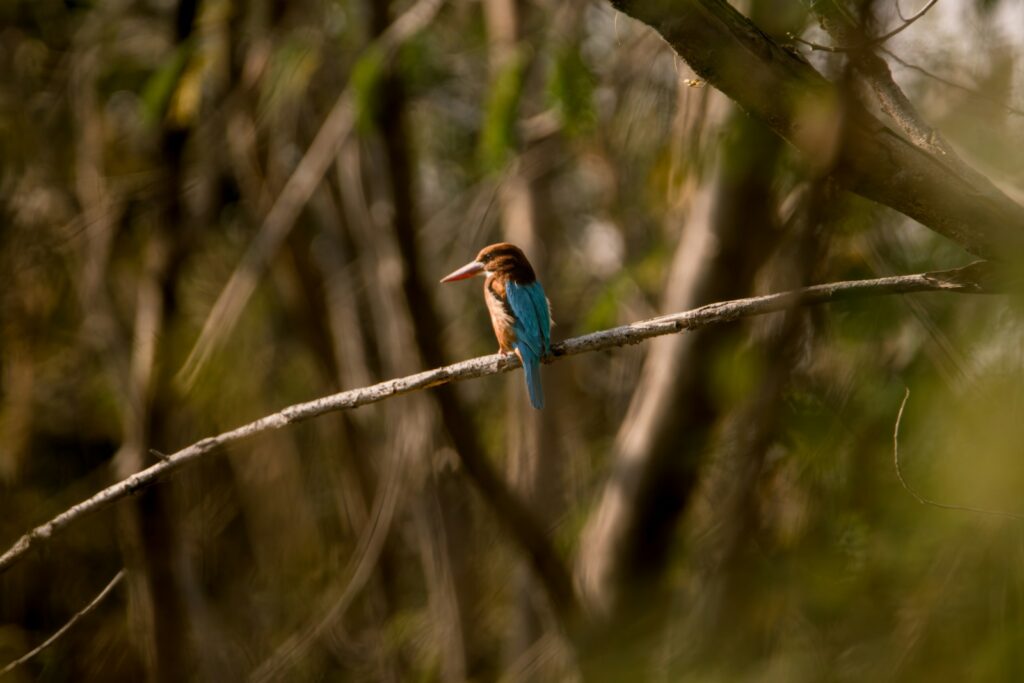
Kingfishers serve as important ecological indicators, their presence signaling healthy aquatic ecosystems with abundant fish populations and suitable nesting habitats. Unfortunately, many species face growing conservation challenges globally. Water pollution directly impacts their food sources, while riverbank development destroys potential nesting sites, as many species dig tunnels in banks for breeding. Climate change has begun altering fish migration patterns and timing, potentially creating mismatches between kingfisher breeding seasons and prey availability. The striking beauty of these birds has also made them targets for the illegal wildlife trade in some regions, particularly in Southeast Asia where their feathers are valued for traditional crafts. Conservation efforts focused on watershed protection and riverbank restoration have proven effective in supporting kingfisher populations in several regions.
Kingfishers in Human Culture and Science
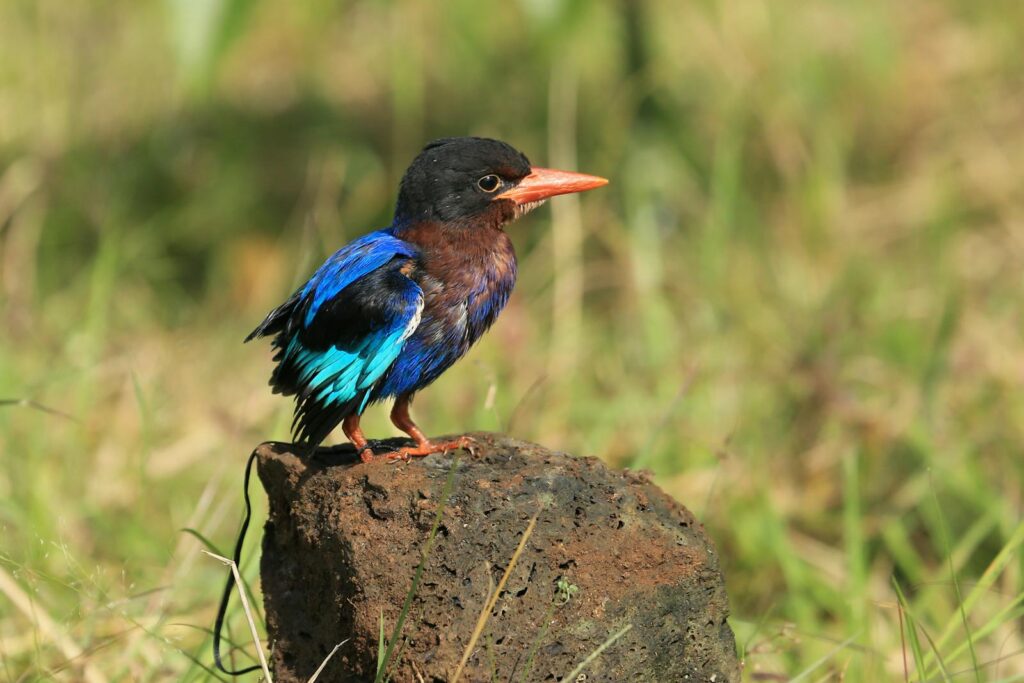
Throughout history, kingfishers have captured human imagination across cultures, appearing in folklore, art, and literature. Ancient Greek myths told of the “halcyon days”—a period of calm winter weather when kingfishers supposedly built floating nests on the sea. In Japanese culture, the kingfisher symbolizes prosperity and peace, while many indigenous cultures view the birds as spiritual messengers between water and sky worlds. Beyond cultural significance, kingfishers have influenced modern engineering through biomimicry—the high-speed train in Japan (the Shinkansen) was partially redesigned with a nose shaped like a kingfisher’s bill to reduce noise and improve aerodynamics when entering tunnels. Scientists continue studying kingfisher diving techniques for applications in underwater robotics and drone technology, demonstrating how this remarkable bird continues to inspire human innovation.
The Future of Dry Fishing Birds
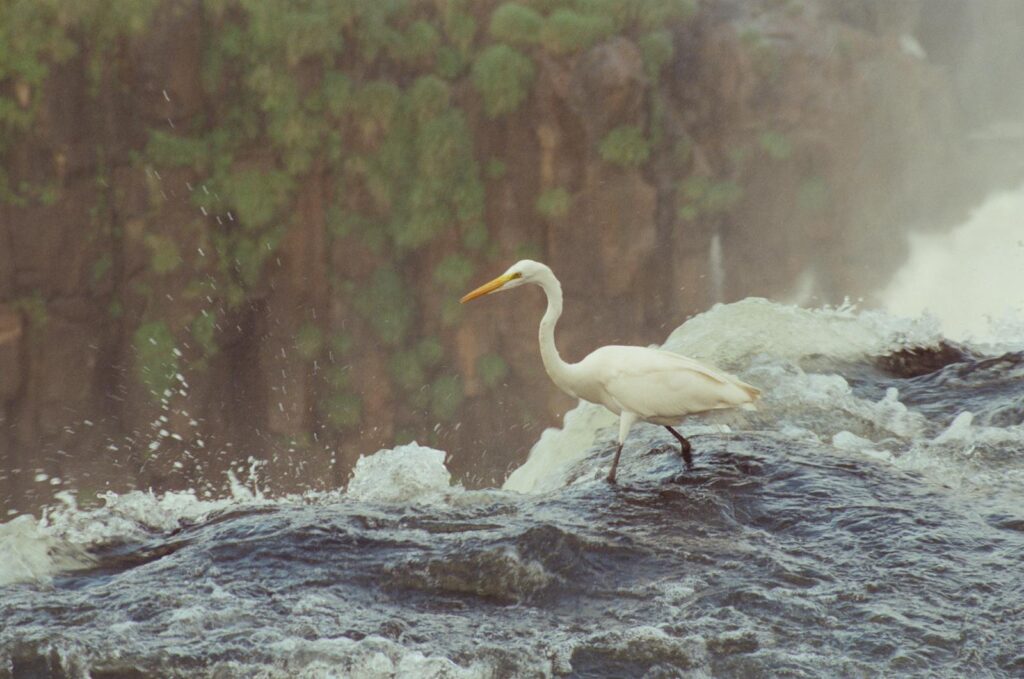
As climate change reshapes aquatic ecosystems worldwide, kingfishers face an uncertain future that will test their remarkable adaptability. Some species may benefit from warming waters that increase fish populations in certain regions, while others face habitat loss as wetlands dry up or become degraded. Conservation efforts specifically targeting kingfisher habitats have shown promise, particularly those focusing on maintaining natural riverbanks and reducing water pollution. Citizen science programs tracking kingfisher populations provide valuable data on distribution changes and population trends across different regions. With continued conservation attention and habitat protection, these extraordinary birds may continue perfecting their remarkable dry fishing technique for generations to come, representing one of nature’s most elegant solutions to the challenge of hunting in water without getting wet.
Conclusion

The kingfisher stands as one of nature’s most remarkable engineering marvels—a bird that has solved the seemingly impossible challenge of fishing without getting wet. Through evolutionary adaptations in feather structure, body shape, bill design, and hunting behavior, these colorful birds have mastered a technique that continues to fascinate scientists and nature lovers alike. As we continue to study and protect these extraordinary creatures, they remind us of nature’s boundless capacity for innovation and the countless wonders still awaiting discovery in the natural world. The next time you glimpse a flash of azure and orange by a riverbank, remember you’re witnessing one of nature’s most perfect fishing machines in action—a true master of the art of staying dry in a wet world.
